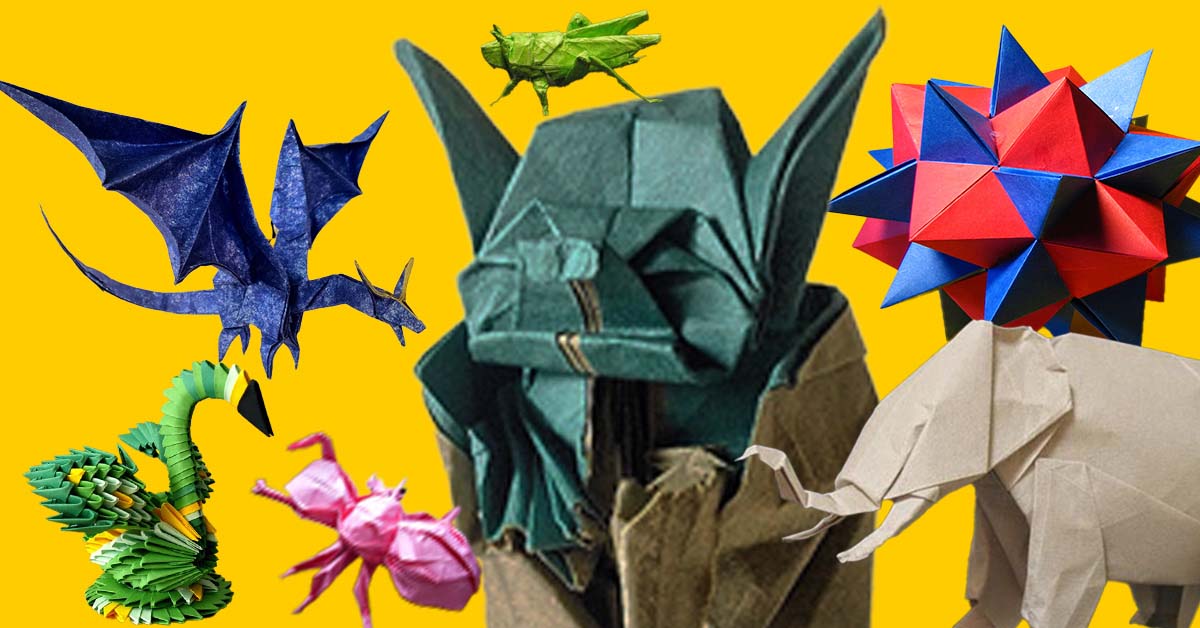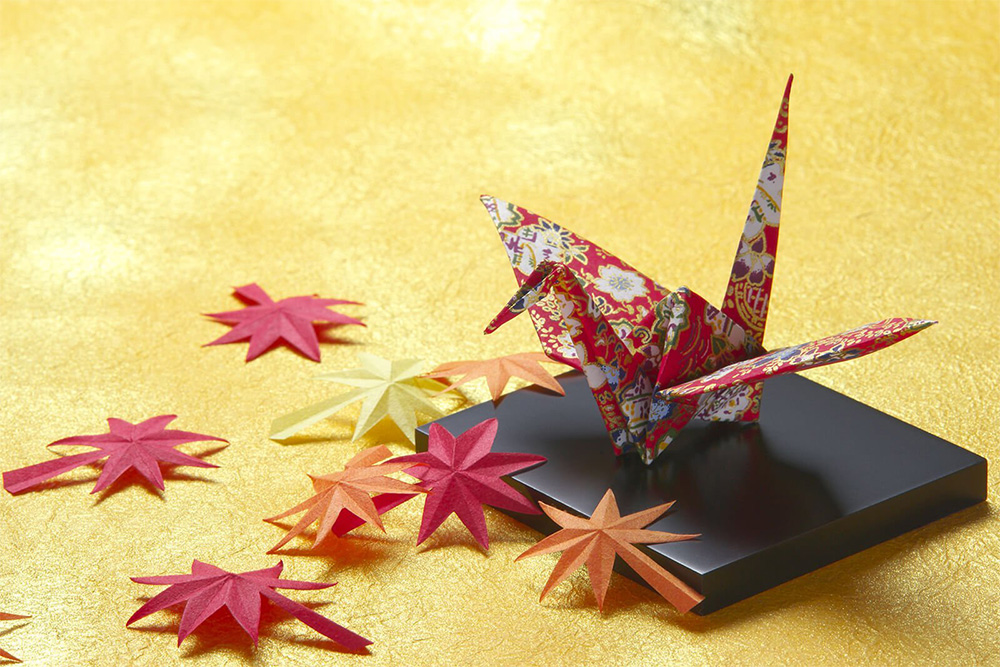
Origami is a Japanese paper art form that has grown popular all over the world.
The word “origami” stems from the two words — “ori” meaning “folding” and “gami” meaning “paper”.
This art of paper folding by which people can transform a flat square sheet of paper into delightful creations.
Today, the word origami is used inclusively for all folding practices irrespective of their cultural origin.
What’s nice about origami is that the only material needed is paper.
Advertisement
It can be done using almost any flat paper that can be folded and keeps its crease. Beautifully patterned and textured pre-cut paper can be bought from stationery shops or you can simply use plain white paper until you are ready to display your creations.
I used to make mini origami cranes to use as name-place settings when entertaining friends for special occasions and they became fun conversations starters.
Common folding techniques are usually referred to as valley and mountain, pleats, reverse, squash, and sinks.
Many of us would have grown up making paper boats and airplanes.
However, as you learn origami, you can create elegant and interesting designs like birds, fish and jewellery boxes. And if you are dedicated to exploring new ways of creating shapes, you can whip up a Yoda from Star Wars, or create more complex shapes.
Start With The Crane

The Japanese paper crane is probably the most well-known origami sculpture. The crane is considered in Japanese culture to be one of the mystical creatures said to live for 1,000 years.
According to Japanese legend anyone who folds 1,000 origami cranes will be granted their wish by the gods. They are popular gifts for special friends, hospital patients, or anyone going through tough times.
It is said this practice was made popular by the story of Sadako Sasaki, a Japanese girl who was severely irradiated at age 2 during the World War II atomic bombing of Hiroshima.
Sadako developed leukaemia and, at age 12, after spending a lengthy period in hospital, began folding origami cranes with the aim of making 1,000, inspired by the origami legend.
Folding a crane is actually not that hard. All you have to do to start is pick up a “how to do origami” book or watch one of the countless YouTube videos available online.
Although origami might look complicated, it’s actually easy the more you practice, Not only is it a wonderful means of self-expression, relaxation and creativity there is research suggesting that origami can help seniors improve various medical conditions.
Modified origami figures are taught to those suffering from Alzheimer’s because making them can improve mental sharpness, concentration and cognitive skills as learners follow instructions to make different shapes.
Origami relaxes you and your self-esteem increases as you create new shapes and feel a sense of fulfilment. Moreover it can benefit a person’s 3D comprehension skills and imagination as you are motivated to visualise and create new shapes.
It also helps in enhancing hand control and fine motor skills. This is why it has been used therapeutically in many medical conditions, including people with hand injuries, ADHD, anxiety and autism.
With so many benefits, it’s time to grab a sheet of paper and start folding!





